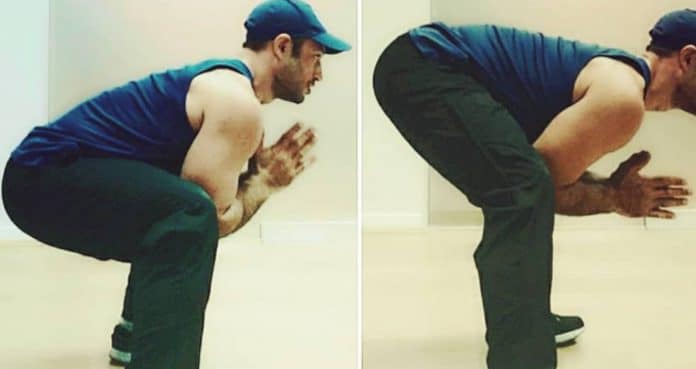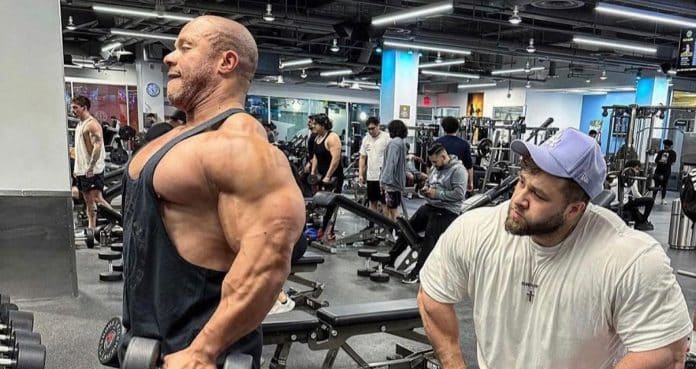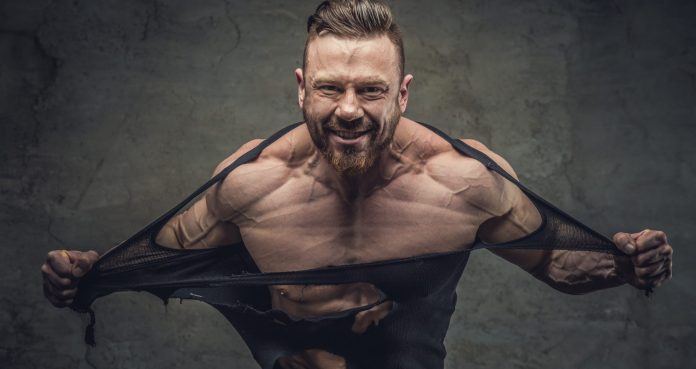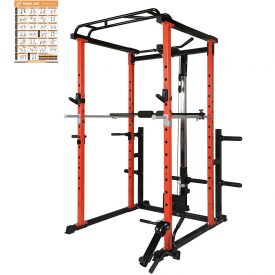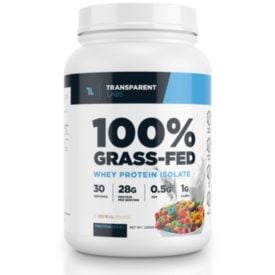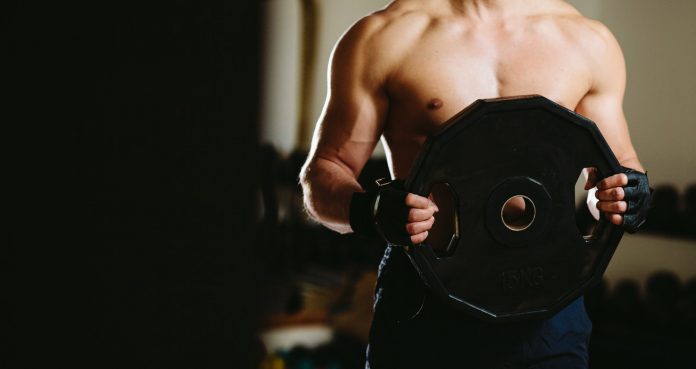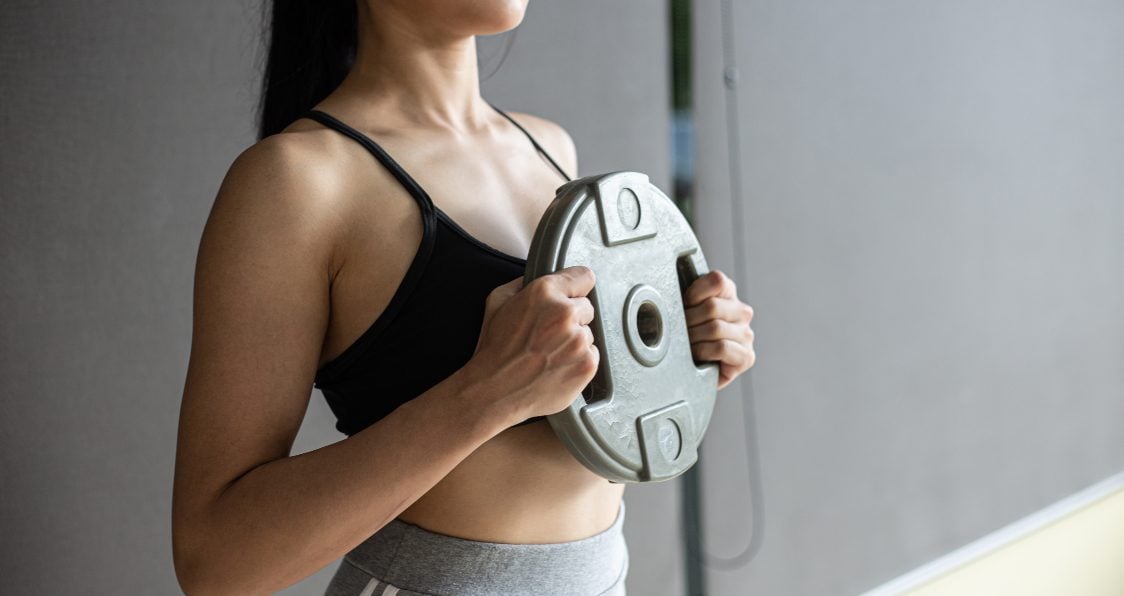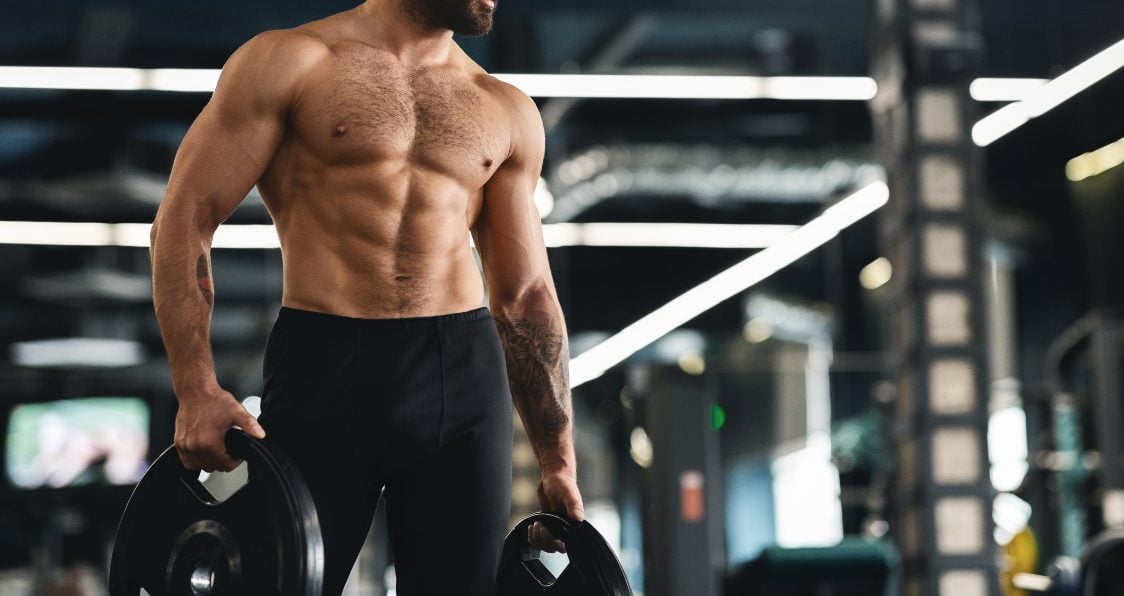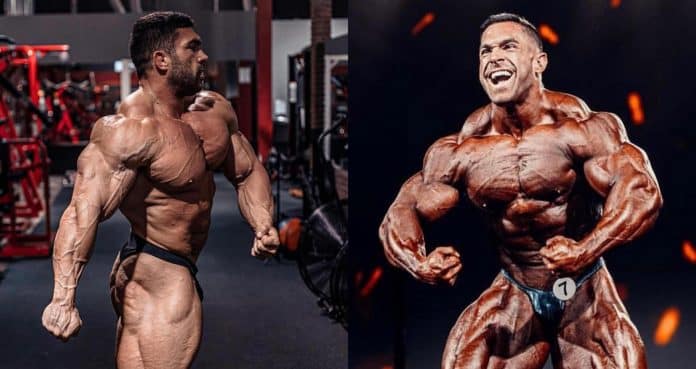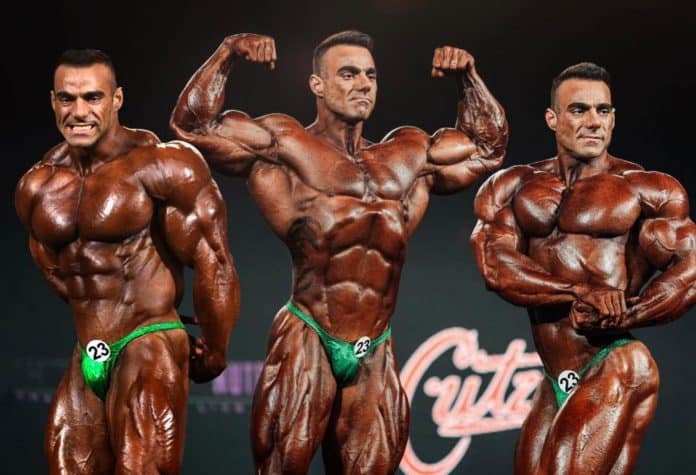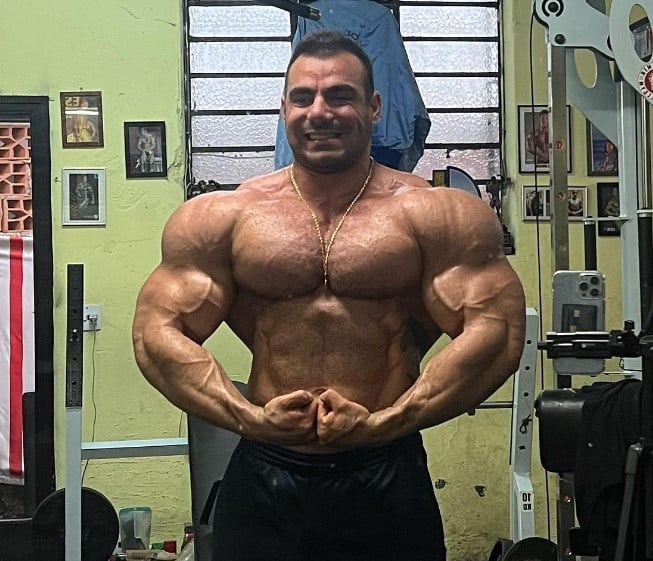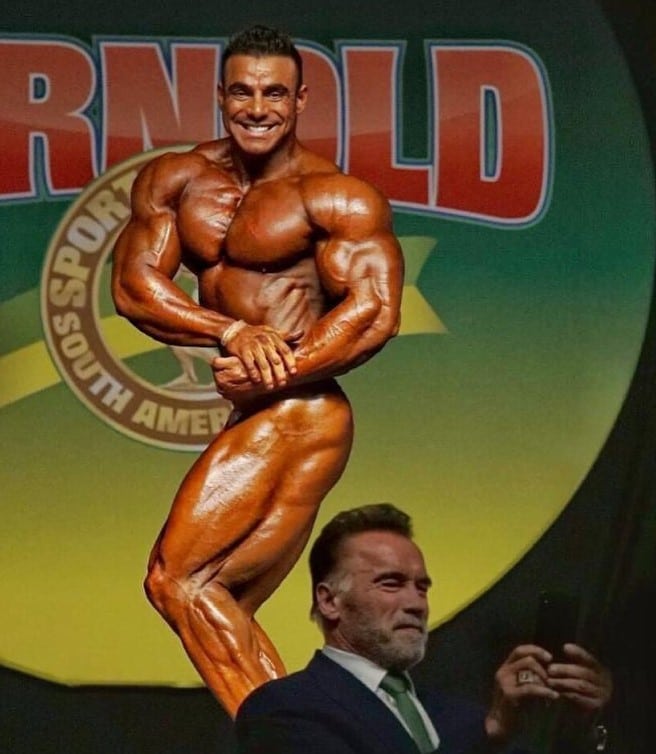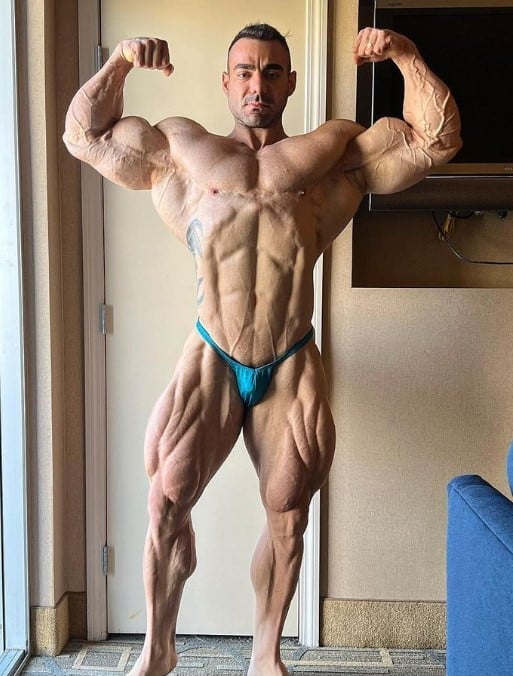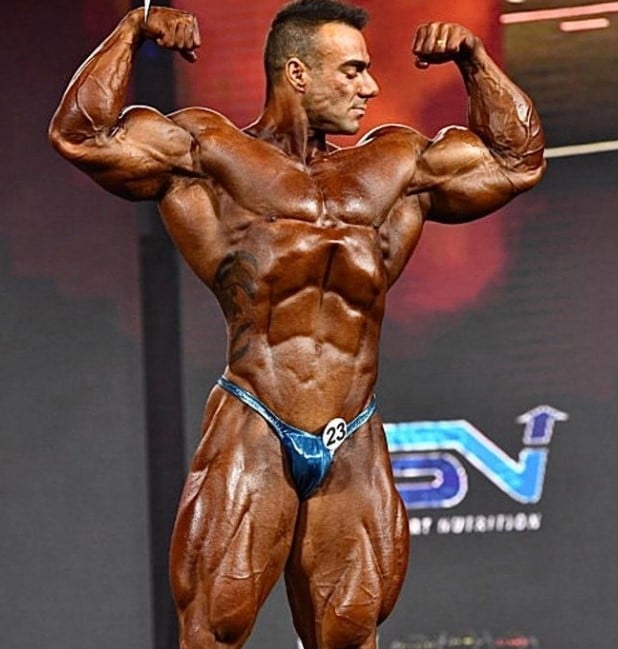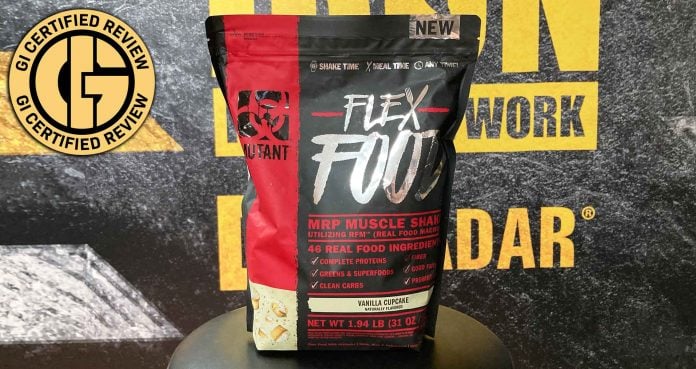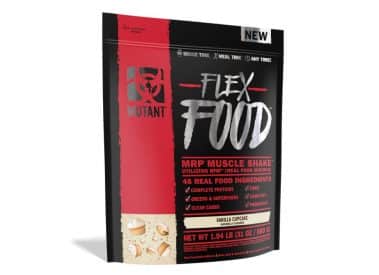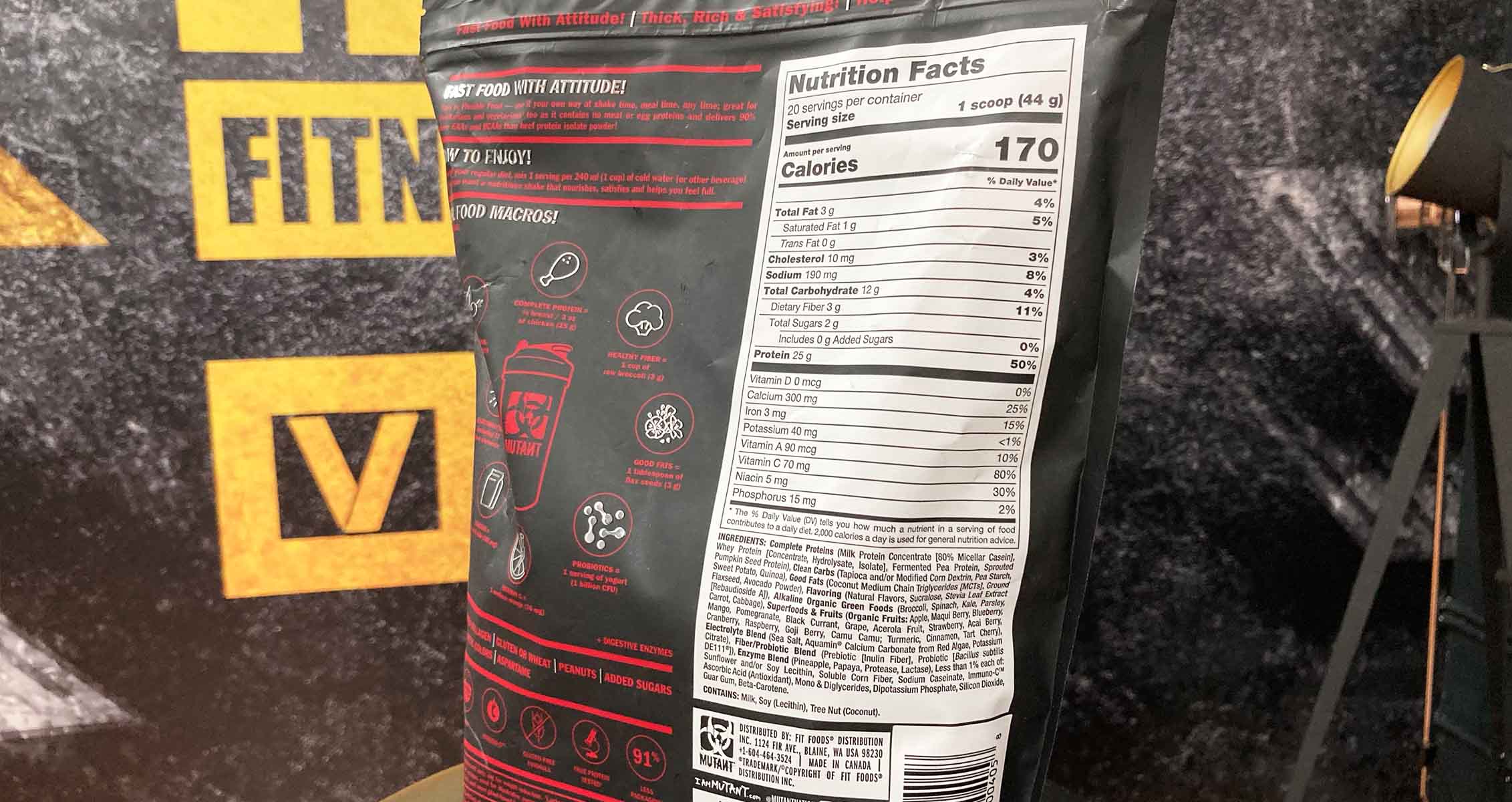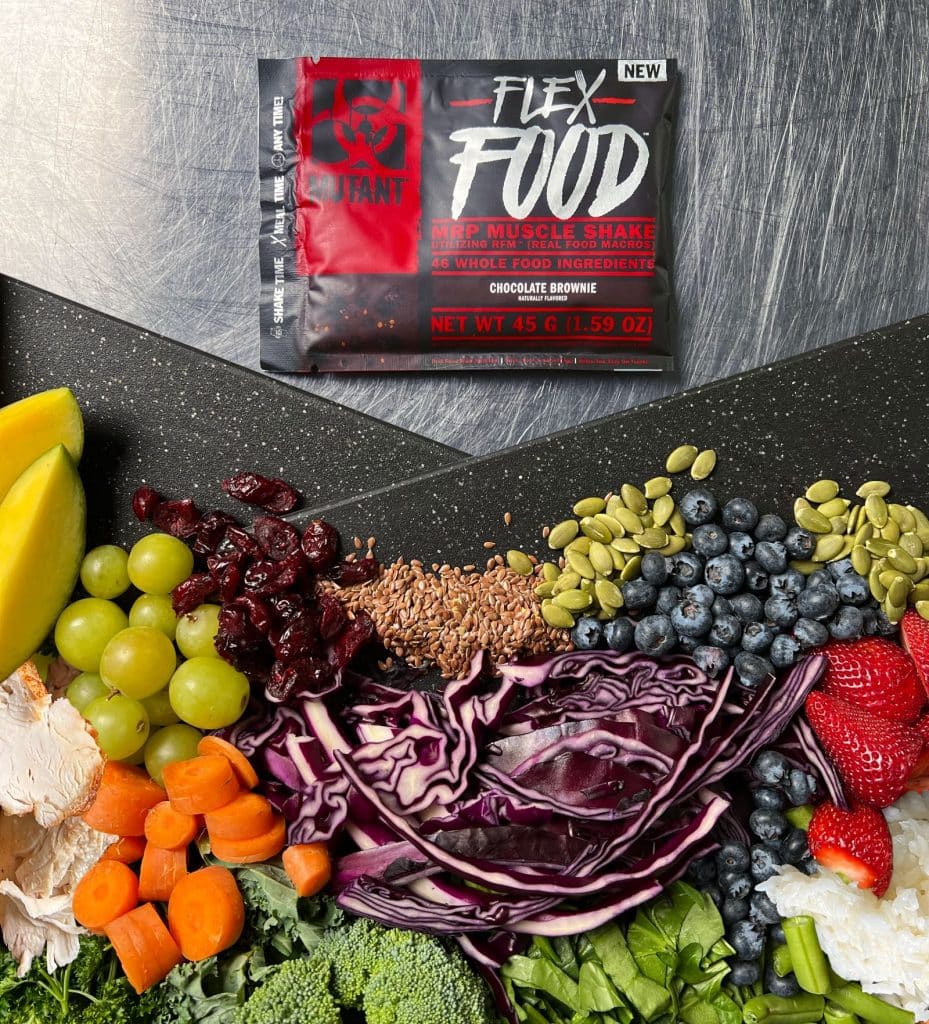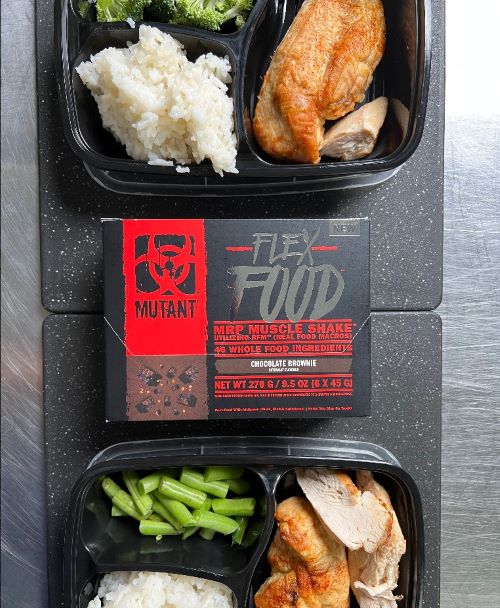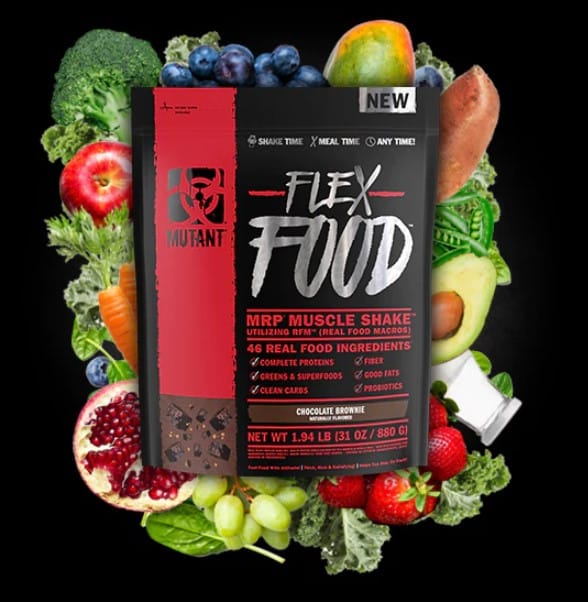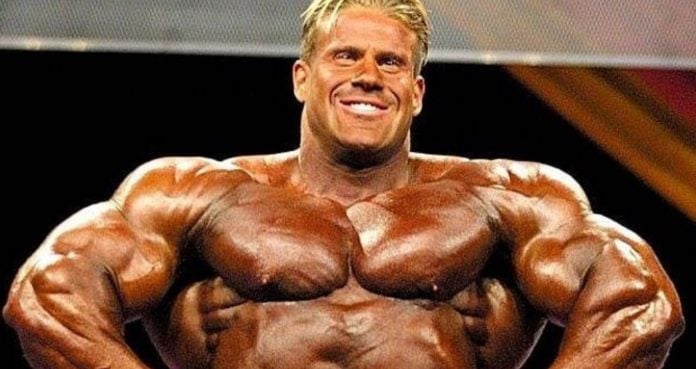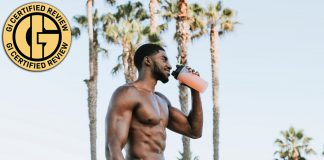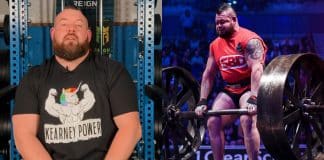Here’s everything you need to know about frog squats, including how to do them and the benefits.
Mimicking the way one amphibian—frog—moves will build you monster thighs and glutes. The frog squat is an effective lower-body exercise that helps to improve your strength, flexibility, and range of motion. It’s excellent for building hip strength and flexibility, preventing injuries, and improving performance in other exercises like lunges and squats.
The frog squat also stretches your inner thighs, which can help reduce pain associated with tight leg muscles. This move is worth trying out if you want to improve hip mobility or knee stability while simultaneously strengthening your lower body!
The frog squat takes its name from how you move while doing it—it’s similar to how a frog moves across the ground. The position requires you to sit back onto your heels with knees bent and feet turned outwards; this creates tension in the hips that allows you to “squat” as a frog would.
So keep reading to learn more about the muscles involved in this movement, how to do them, and the benefits of adding them to your leg routine.
Frog Squat Technique and Muscles Worked
Frog squats are lower-body exercises that target your glutes (primary muscle targeted), thighs, calves, and inner thighs. Since it’s done in a wider stance, it engages more of your glutes (1). And since it doesn’t directly target your lower back—because of the wider stance—frog squats can be done often without worrying about causing injury if you have an existing injury to your lower back.
To do a frog squat:
- Stand upright with your feet wider than shoulder-width apart and your toes pointing 45 degrees outward.
- Push your hips back and squat down as far as you can comfortably go (shoot for making your thighs go past parallel).
- Push your hips back and raise your glutes halfway up. (Your torso should be close to parallel with the ground.
- Lower your glutes back down and repeat.
Tip
During the frog squat, keeping your knees perpendicular to your toes throughout the move is essential so you don’t strain them. If you allow your knees to cave inwards, go outwards, or come forward, you risk straining them.
If you need to figure out how far back and down to point your knees during the frog squat, try this: stand with your feet about shoulder-width apart and bend forward at the waist until your upper body is parallel to the floor (or even lower). Now imagine doing a squat with no weight on your shoulders.
In this position, notice how much bending occurs in both directions from an upright standing position. It’s precisely this amount of bend that should happen when performing the frog squat, too.
Benefits
Improve Strength, Flexibility, and Mobility
The frog squat is a lower-body exercise that can help to improve your strength and flexibility. The wider stance of this movement greatly enhances your hip mobility and flexibility. In addition, it helps to stretch the hip flexors and adductors, which commonly get tight from sitting or being inactive.
But the frog squat isn’t just a stand-alone exercise. It can also be used as a warm-up to help prepare you for other hip-dominant exercises, such as lunges and squats. In addition, the stretch in your hip flexors and adductors makes it easier for you to perform those exercises and provide support for your joints.
Plus, improving your flexibility in the hips will help with other exercises that require good mobility in that area—like deadlifts or kettlebell swings. And it’ll help you get a deeper depth on squats.
Reduce Injury Risk
Since the frog squat is an excellent exercise for improving your range of motion, strength, and flexibility in your hips, it could reduce injury risk. In addition, improving your hip mobility helps to prevent injury and aid in recovery from back injuries (2).
The frog squat allows you to strengthen your hips in a flexed position. This is important because most people with tight hips experience pain or discomfort when reaching or bending over to pick up an item from the floor.
Even after you’ve strengthened your hips, there are still other ways that injuries can occur during everyday activities, including lifting bags of groceries or climbing stairs. However, if your muscles are flexible enough to allow for proper form when performing these tasks without straining them too much, then they should be able to handle the added stress without causing injury.
Frog Squat Alternatives
Here are some other movements that provide similar benefits.
Pulse Squats
The pulse squats are similar to the frog squat since it requires you to keep tension on your thighs through each rep. And they also need you to remain in the bottom portion of the squat similarly.
Dumbbell Sumo Squat
This is another similar exercise since the dumbbell sumo squat requires you to get into a wider-than-shoulder-width stance and your toes to be pointed out, strengthening your glutes.
Goblet Squat
The goblet squat is another variation that engages the muscles in your lower body—glutes, hamstrings, quads—and challenges your balance and core since you need to hold weight in your hands during the movement.
FAQs
Here are some frequently asked questions (FAQs) to remember when attempting the frog squat.
- What is the frog squat good for?
This exercise is excellent for strengthening the lower body, especially the glutes, and improving hip flexibility and mobility.
- Is the frog squat safe?
Yes, because you don’t have to use weight and it protects your lower back, it’s a safer alternative to other lower body exercises like weighted squats.
- What muscles do the frog squat work?
This movement engages the muscles in your lower body—hip, hamstrings, quads, glutes, and calves.
More Exercise Guides
The frog squat is excellent for targeting your glutes and improving hip mobility. Check out some of our other exercise guides:
Share this article on Instagram, Facebook, and Twitter to help others learn the benefits of this exercise!
References
- Paoli, A., Marcolin, G., & Petrone, N. (2009). The effect of stance width on the electromyographical activity of eight superficial thigh muscles during back squat with different bar loads. Journal of strength and conditioning research, 23(1), 246–250. https://doi.org/10.1519/jsc.0b013e3181876811
- Konrad, A., Močnik, R., Titze, S., Nakamura, M., & Tilp, M. (2021). The Influence of Stretching the Hip Flexor Muscles on Performance Parameters. A Systematic Review with Meta-Analysis. International journal of environmental research and public health, 18(4), 1936. https://doi.org/10.3390/ijerph18041936


